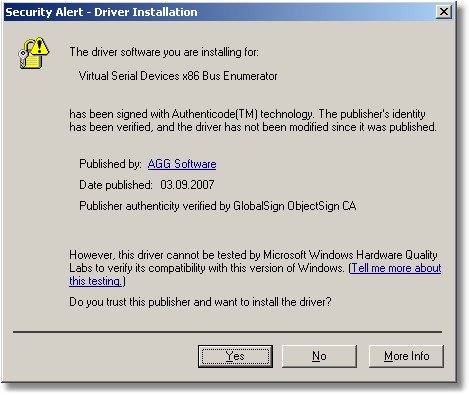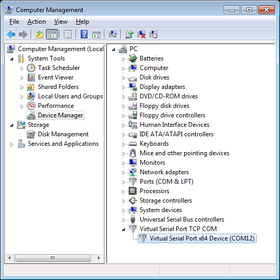



#TCP BRIDGE PDF#
#TCP BRIDGE BLUETOOTH#
HDLC lines can be bridged securely across the Internet or other TCP/IP networks and HDLC connection data can be converted to operate over a TCP connection. OVERVIEWThis app acts like a communication bridge between 2 devices of following types:- SPP (Serial Port Profile) bluetooth devices- TCP server: app can.

The FarLinX Connect Mini is a multi mode HDLC bridging appliance. This is achieved by making the TCPServer instance pass itself to the UDPServer initializer and making the UDPServer initializer save that reference as an attribute of the UDPServer instance.FarLinX Connect Mini HDLC Bridge and TCP to HDLC Converter Notice the essential change: UDPServer needs to call a method on an instance of TCPServer so it needs a reference to that instance. Self.port = reactor.listenUDP(8000, UDPServer(self)) Put another way: from import Protocol, Factory, DatagramProtocol
#TCP BRIDGE SERIAL#
You connect the device to a ESP8266/ESP32 and Tasmota will bridge between serial and network. This feature can be used to add a 'serial to network' functionality to a device that is otherwise serial only. Just notice that a DatagramProtocol is easier to work with than a Protocol because you already have the DatagramProtocol instance without having to get the cooperation of a factory as you do in the Protocol case. This is available in the zbbridge build so you can use that or compile your own build. The UDPTCP specifics in this question don't break the general answer given in the FAQ entry. This is essentially the frequently asked How do I make input on one connection result in output on another? #But of course that is not the correct call because UDPServer doesn't recognize "dataReceived" #This is where I would like the TCPServer's dataReceived method run passing "datagram". from import Protocol, Factory, DatagramProtocolĭef datagramReceived(self, datagram, address): I'm just trying to pass some data between the two.
#TCP BRIDGE CODE#
The code below is the example TCP & UDP Server modified to run together. I assumed this would be very simple, but I haven't been able to get it to work. Recently I've taken my first stab at Twisted/Python building an app that echoes incoming UDP strings out the TCP port.


 0 kommentar(er)
0 kommentar(er)
